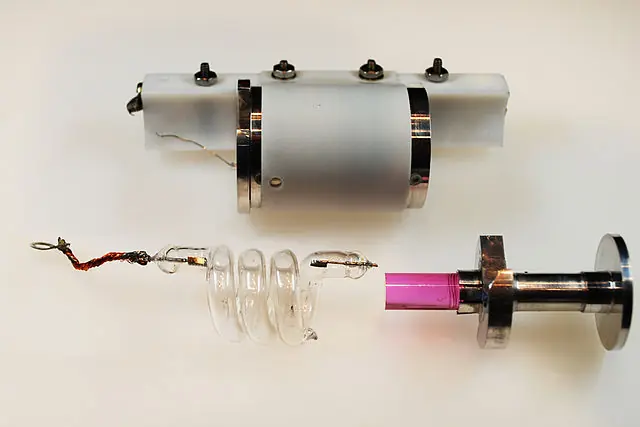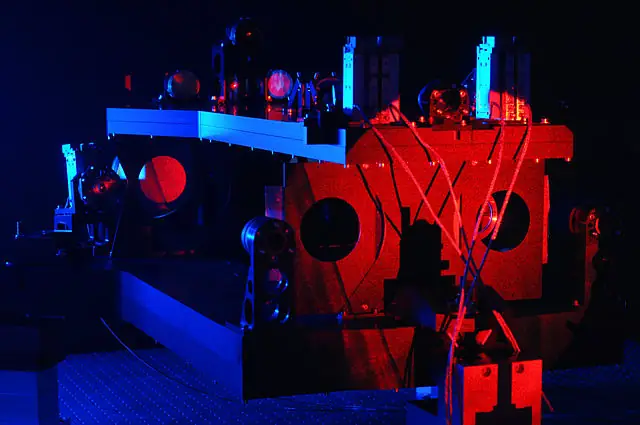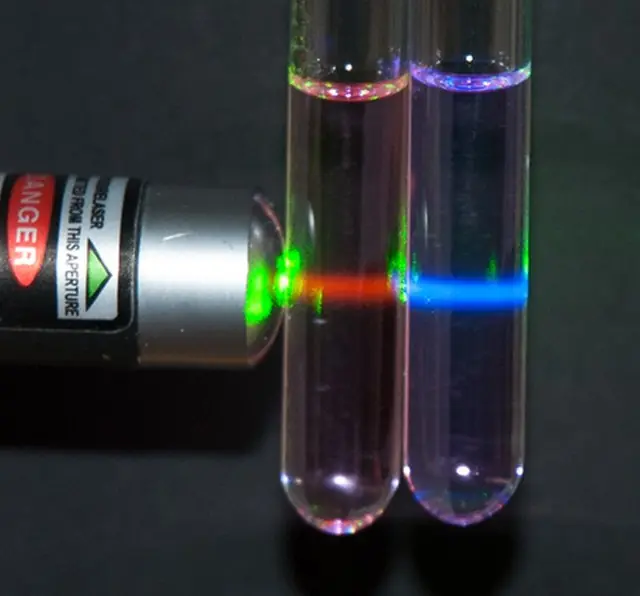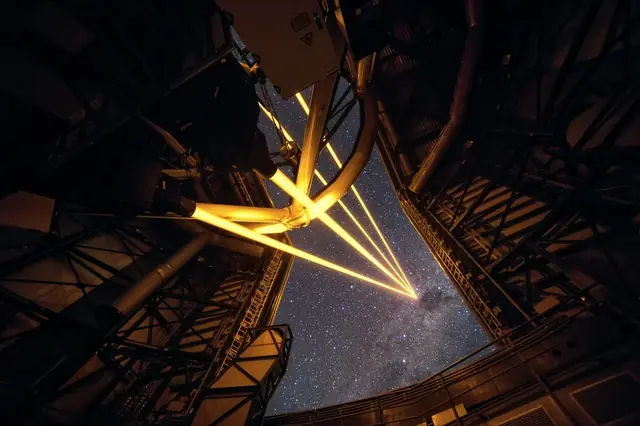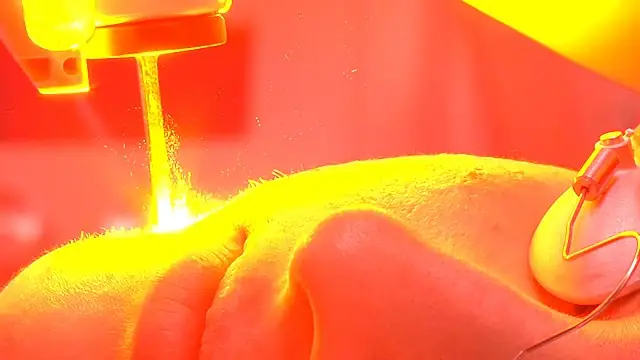Unraveling Two-Photon Excitation: From Basics to Applications
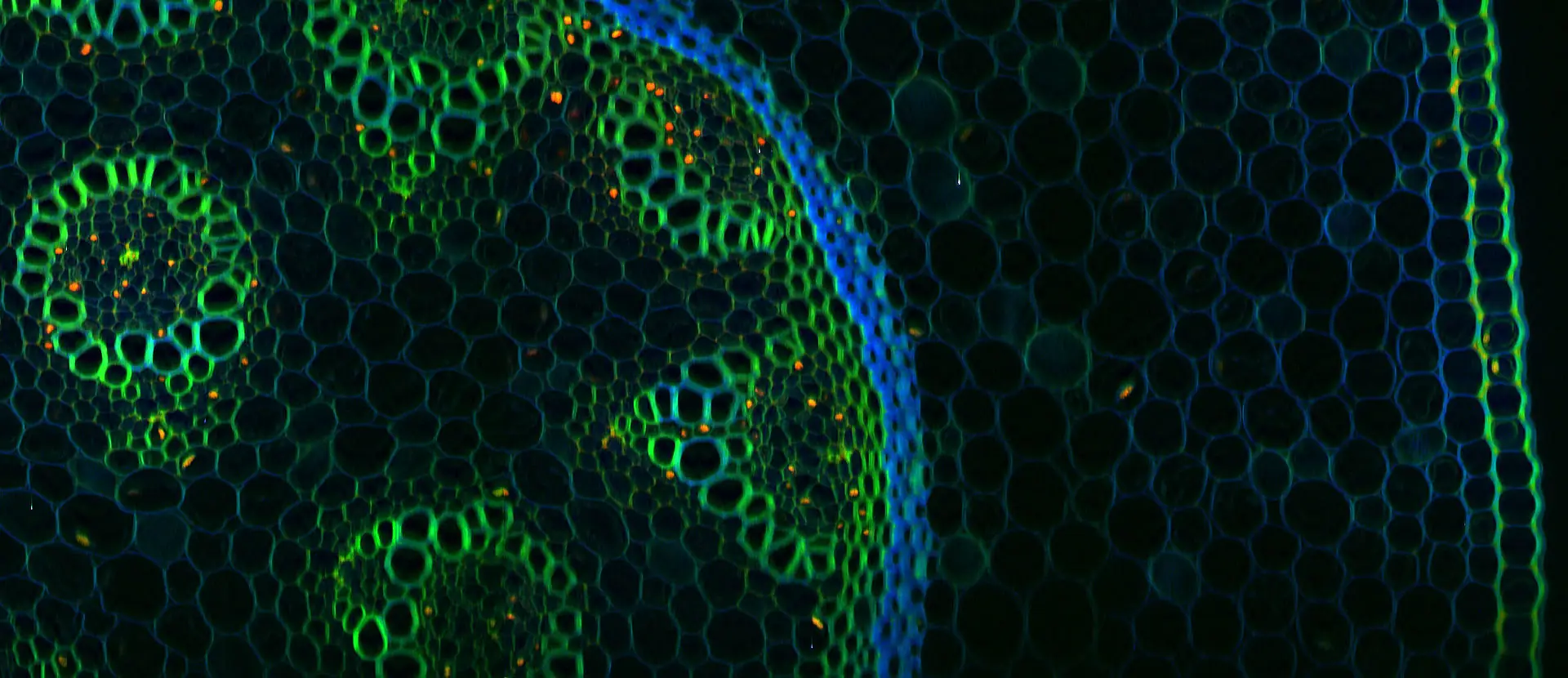
Light is a fundamental building block of the universe, and its interactions with matter are essential to understand. Two-photon excitation, a unique form of light-matter interaction in which two photons are absorbed simultaneously by a material, is one such interaction that has a wide range of applications. This article provides an overview of the basics of light-matter interactions and an in-depth explanation of how two-photon excitation works. It also discusses the practical applications of two-photon excitation, such as imaging and manipulation of atoms and molecules. Finally, the article will provide a summary of the key points and potential future directions.
Exploring the Possibilities of Two-Photon Excitation
Light-matter interactions are a fundamental part of many physical and biological processes. In particular, two-photon excitation is a process that differs from single-photon excitation in that it involves the simultaneous absorption of two photons of light. This process can be used to excite molecules and atoms, and has a range of practical applications. Two-photon excitation offers several advantages over single-photon excitation, such as higher resolution imaging, increased selectivity, and lower energy requirements. It can be used for imaging applications, such as fluorescence microscopy and confocal microscopy, as well as manipulation of atoms and molecules, such as in laser tweezers and Raman spectroscopy. The practical applications of two-photon excitation are vast, ranging from imaging and manipulation of atoms and molecules to the study of biological processes. This process allows for the precise control of light-matter interactions, and has the potential to revolutionize the way we study and manipulate matter.
Exploring the Power of Two-Photon Excitation
Two-photon excitation is a powerful tool for studying light-matter interactions that offers several advantages over single-photon excitation. This process involves two photons interacting with an atom or molecule simultaneously, and requires both photons to have the same wavelength and to be in phase. The main advantage of two-photon excitation is that it requires less energy than single-photon excitation, as the two photons can combine their energy to excite an atom or molecule. This makes two-photon excitation less damaging to the sample and can be used with greater precision. Two-photon excitation can also be used for imaging, as it allows for the visualization of objects at a deeper level than single-photon excitation. This is because two-photon excitation allows for greater sensitivity and resolution in imaging. Additionally, two-photon excitation can be used to manipulate atoms and molecules, as it can be used to selectively excite certain molecules, allowing for more precise manipulation. To learn more about two-photon excitation, click here for an article on the topic.
Practical Uses of Two-Photon Excitation
Two-photon excitation is a powerful tool used in many scientific disciplines. It is widely used in imaging, manipulation of atoms and molecules, and studying the structure and dynamics of molecules and materials. Imaging with Two-Photon Excitation is used to image living cells, tissue, and other biological samples with higher resolution than single-photon excitation. It can also be used to manipulate atoms and molecules, such as controlling their motion, orientation, and spin. It is also used to study the structure of molecules and atoms. Two-photon excitation can also be used to study the dynamics of chemical reactions. It can also be used to study the properties of materials such as semiconductors.
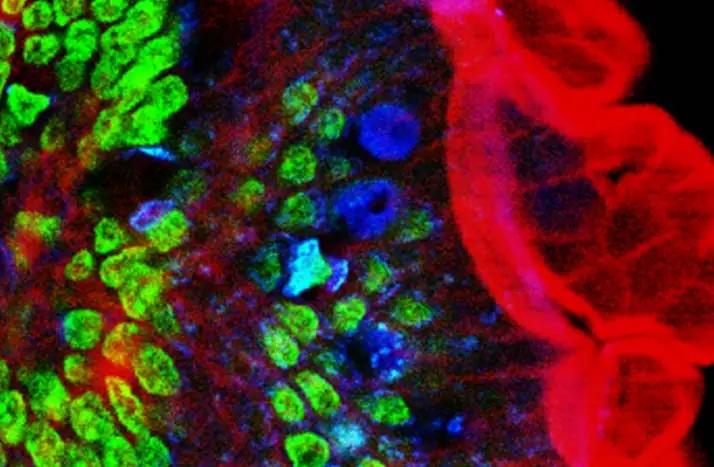
Unlocking the Potential of Two-Photon Excitation
As research progresses, two-photon excitation will become even more widely used in the scientific community. Its potential for imaging and manipulation of atoms and molecules is invaluable, and its ability to reach deeper parts of tissue makes it a powerful tool. With further research, two-photon excitation will continue to be an invaluable tool for scientists.
In conclusion, two-photon excitation is an efficient process for the interaction of light and matter, which differs from single-photon excitation in that it uses two photons to cause the same effect as a single photon. It has many practical applications, such as imaging and manipulation of atoms and molecules. This article has provided an overview of two-photon excitation and its applications, and further research is necessary to explore its potential.

